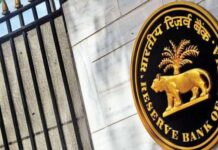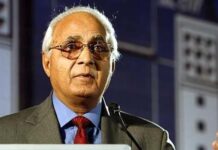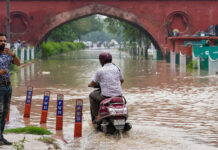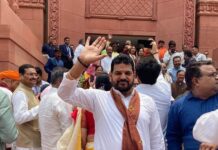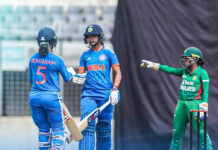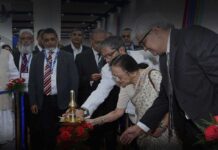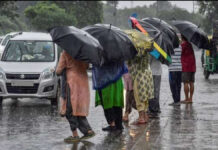Referred to a larger bench:
In the much-awaited decision on the Sabarimala case review petitions, which took the State of Kerala by the storm, the verdict of the Supreme Court has been pronounced. The bench of the Supreme Court headed by CJI Ranjan Gogoi, Justices Khanwilkar, Indu Malhotra, D.Y. Chandrachud and Nariman has referred the matter to a larger seven-judge bench in 3:2 majority. The majority opinion justices comprised of CJI Ranjan Gogoi, Justice Khanwilkar and Indu Malhotra. They expressed on the said matter in hand that the issue of whether or not the Court is empowered to interfere in essential practises of religion requires a thorough examination by a larger bench. However, the judgment did not stay the judgment as pronounced by the Supreme Court earlier on September 28, 2018, allowing the entry of women of all age groups (in their menstruating years) to the hilltop shrine in Pathanamthitta district in Kerala. On the dissenting end, there were Justices Chandrachud and Nariman.
While reading out the judgment of the majority judges, the outgoing CJI Gogoi stated that these issues pertaining to the legality of Female Genital Mutilation in Dawoodi Bohra community, entry of women in the mosque, right of Parsi women who married outside community to access towers of silence etc., have been referred to larger bench of the Supreme Court. Therefore, inclining in favour of the majority the review petitions in the Sabarimala case has been tagged along with those matters to be heard by a larger bench. On the ancillary issue which tagged along to decide whether or, not the apex court has the power to determine if the constitutional Court can interfere in such integral parts of the religion, is delayed until the larger bench gives its decision. The dissenting opinion was read out by Justice Nariman, who stated that the Sabarimala issues could not be tagged with the cases of Parsi women and Muslim women as they were not before the present bench.
Earlier judgment of Supreme Court allowing entry of women in the sacred hill-top shrine:
The original judgment pronounced in September 2018 came on the basis of a Public Interest Litigation [PIL] filed by an organization called Young Indian Lawyers. The original petition raised the issue of the 1965 rules which denied entry to women on the basis of their physiological features, read the dissenting opinion. Justice Nariman while reading out strongly condemned the violent agitations witnessed in the State of Kerala after the said pronouncement. He noted that bona fide criticism of the judgment of the Supreme Court is very much welcome but subverting the decision on the basis of organized efforts and taking the streets is not at all allowed. A judgment of the apex court of the country is final and binding to all, only to be challenged in the courts as per the legal options available.
Batch of review petitions heard and judgment reserved by Supreme Court:
In February, this year the present Constitution Bench of the Supreme Court reserved orders on review petitions in Sabarimala case after hearing the petitioners seeking review of the judgment, giving a full day hearing to the petitioners. The Constitution Bench listened to the arguments in a bunch of petition filed by the Travancore Devaswom Board, Pandalam Royal Family, and groups of devotees against the September 28, 2018 judgment. The September 2018 judgment which declared the right of women of all age groups to enter the temple. The pressing argument that had come is that the practice at temple finds the origin in the celibate character of the deity. Moreover, it went ahead to argue that the actual application of constitutional morality cannot be applied to matters of faith and has to be instead applied subjectively. Rationality and religious belief has to be kept separate, and the former cannot be blindly imported into the matters of the latter. Not allowing women in the premises of the temple is an ‘essential practise of religion’. Another major fallacy which the arguments have pointed out in the September 2018 judgment is that it has erroneously imported the concept of untouchability in Article 17 to the situation in Sabarimala temple, without due regard to the historical context, not acknowledging that the exclusion is not on the basis of caste but on the basis of gender & physiological factors.


